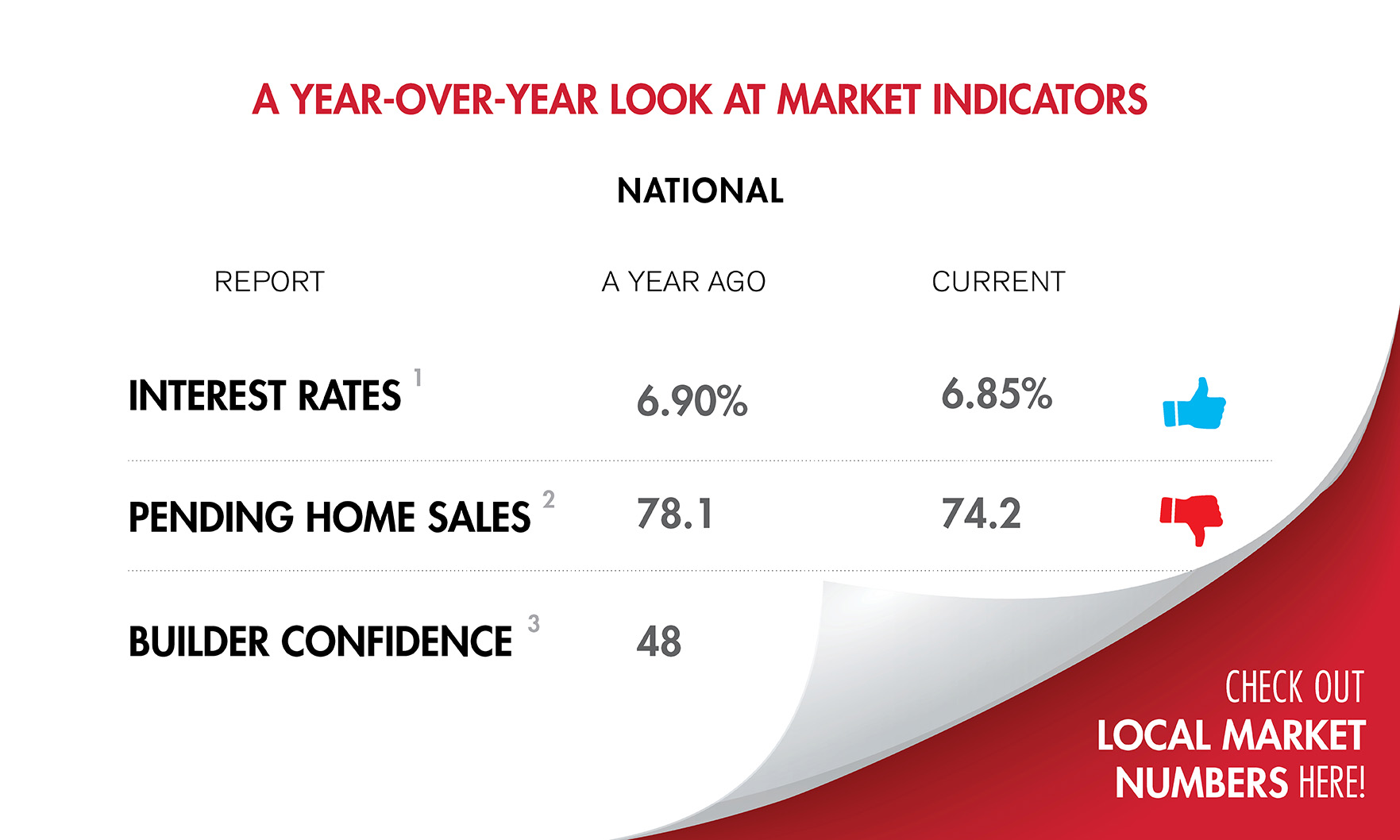By the Numbers

The pace of new-home construction was higher than economists expected, even as homebuilders expressed concern about the impact of tariffs and supply-side challenges.

While January saw a surge in new listings, February’s listing activity was hampered by snow storms and freezing temperatures.

Falling consumer sentiment suggests potential homebuyers are wary of the short-term economic outlook and future inflation, CoreLogic Chief Economist Selma Hepp said.

Meanwhile, days on market fell last month as did housing starts.

At the same time, the median sales price for a new home hit its highest level since 2022, according to the U.S. Census Bureau and the U.S. Department of Housing and Urban Development.

In Boston, home prices rose 6.35% year over year and 0.42% month over month in December. Beantown’s annual increase was the third highest in the U.S. after New York and Chicago.

At the same time, builder sales expectations for the next six months posted their second-largest drop since the sentiment index started in 1985.

January’s median single-family home price reached a new all-time high for the month, according to the Warren Group’s January market report.

Meanwhile, pending home sales and builder confidence were up nationally in January.

On a city basis, Chicago posted the highest annual increase among the country’s 20 largest metros, followed by Miami, Las Vegas and Washington, D.C.

The median existing-home price for all housing types in December rose 6% from its year-ago level.

The median price of a single-family home in Massachusetts reached an all-time high last year, according to the Warren Group’s December market report.

Nationally, home sales were up 13.3% year over year and 4.4% month over month, RE/MAX said.

Nationally, pending home sales and builder confidence also rose in December.

In its last reading before the end of the year, the National Association of REALTORS® Pending Home Sales Index posted its fourth consecutive monthly increase in November.

The median-sales price slid from $425,600 in October to $402,600 last month.
